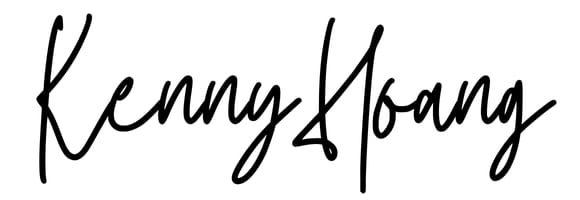- Commerce Outliers
- Posts
- Peacock Math for DTC Growth: Brand versus Performance Advertising
Peacock Math for DTC Growth: Brand versus Performance Advertising
Meta ads for DTC brands is like the evolutionary adaptation of a Peacock. Stay with me on this, it’ll be interesting with 2 practical takeaways.

I’m trying out a new essay and email format. I took inspiration from these 2 newsletters: Tommy Clarke’s The Social Files and Scott Galloway’s No Mercy / No Malice.
What I like Tommy, is he’ll do light personal update about his business and life and tie it back to the topic of the day. It reads so much more human. Scott Galloway does this seamlessly throughout his writing with anecdotes, jokes and references—seems like a skill set with over decades of writing experience.
He’ll also segment the email with different headers to partition out different points more. I’ve adapted this because it forces me to be more thoughtful of delivering and editing the content so it’s more approachable to you as a reader instead of a long block of text.
I found these two features refreshing because I’m tired of heavy LLM copywriting. “It’s not x, it’s y”. So to combat that I must be part of the solution.
I mocked up a quick and dirty v1 banner and signing off with a signature too. Because of brand (duh).
I’m reading the book “The Digital River of Genes” by Richard Dawkins, a respected figure in evolutionary biology.
I made the connection that this is relevant to Facebook Ads in terms of how to balance the nuance of branded assets and performance assets.
Because the prevailing norm is performance marketers will poo-poo brand while brand marketers can be too strict. Then what’s the solution? Well, let me tell you.
How to think about Branded Ads versus Direct Response Meta Ads with Peacocks
Meta ads for DTC brands is like the evolutionary adaptation of a Peacock.
Stay with me on this, it’ll be interesting with 2 practical takeaways.
Richard Dawkins will talk about how a male peacock will have colorful feathers to impress future peacock wifey.
Just like the impressive 7 day click ROAS on a hyper-gimmicky direct response ad.
But, it’s also high risk for that specific peacock since predators see it easier.
The same way, a gimmicky Facebook ad has risk for of not having lasting brand impressions at best or diluting brand equity at worst. Even if it’s performing better than other ads in the short term.
But when zoomed out, the pool of genes of peacocks as a species will more likely survive since reproduction is happening.
If the business is not profitable and just relies on branded vibe aesthetic ads, which has its place in time, the business will go bankrupt.
The Integration Performance and Brand for DTC
So it’s less about being unwavering in your position of “brand doesn’t matter” and “the branding looks off” but the integration of both of them. The exact nuance and mix of that is more art than science but I can tell you it’s not 100% direct response ads and 100% branded vibe ads.
The answer lies in an allocation between the both of them and that will fall on your business goals, unique advantages, and risk to reward appetite.
You might be able to survive in 2026 DTC in the short term but to be meaningfully be beyond the average growth rate of the industry takes making these decisions which are inherently risky.
The analogy here is you don't want to have your female peacocks ads having colorful feathers too or else the entire ad account species dies.
Increasing your surface area of width and depth in what we call a Creative Portfolio , with a different mix of ads ensures in the short run your Meta ad account species’ survival. While also considering its long term longevity.
Action:
(1) Diversify your ads in what we call the Creative Portfolio. Our Creative Portfolio construction is called SPAMS (What you’re Selling, Persona, Angle, Media Type and Media Format, and Style of Creative)
(2) Look at your ads the past 30-90 days and view your ads from a 28 day attribution window. Are there any ads that are within your benchmark in-platform target that might not be as impressive on a 7-day click basis but on a 28 day attribution window is.
Discernment, taste and intuition lends itself here where you ask “Would this ad be beneficial to brand impression?” beyond Facebooks limited 28 day window. Think of it as a 90-365 day ROAS.
If you don’t feel the energy from the ad, then probably not. If it sparks an emotion in you, there’s probably something there.
Let me know if you plan on implementing, I get these email responses directly to my business email.
DTC Growth Resources:
Visit our DTC Library: A sequential resource built for $5M-$30M DTC Brands.
Read the rest of Commerce Outlier essays on DTC Growth.
If you’re a $5M-$30M DTC Brand, explore working with our lean growth team at our boutique agency, Emblem.
Cheers to adventure,

Reply